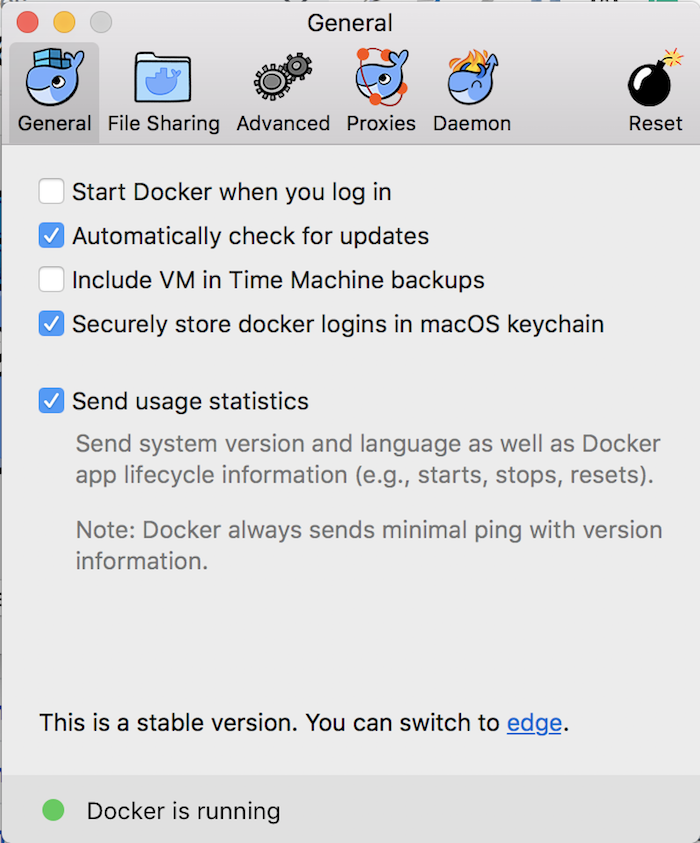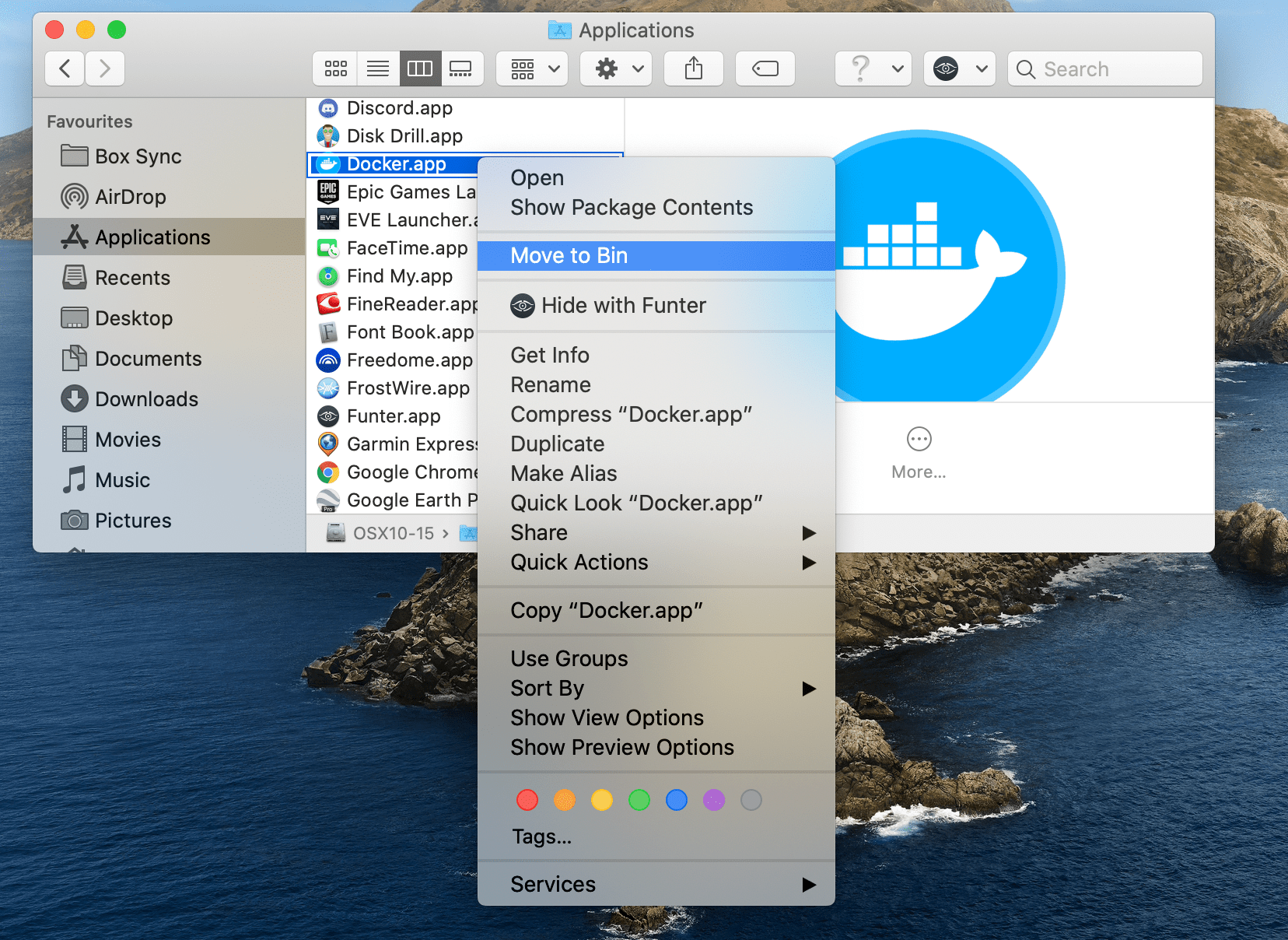
- #Docker for mac where store images for free
- #Docker for mac where store images how to
- #Docker for mac where store images install
- #Docker for mac where store images windows
Those hooks must be executable files located in $ To do so, whalebrew will call git-like hooks when handling installation/uninstallation of a package. In some cases, you might want to execute custom actions, like checking the integrity of the image or adding the whalebrew scripts to your whalebrew repository. LABEL io._dir '$PWD'Īt runtime, it will bind your working directory into the container at the same path and set it as the working directory.
#Docker for mac where store images install
Next, you can install whalebrew via Homebrew on macOS and Linux: The easiest way to do this on macOS is by installing Docker for Mac.
#Docker for mac where store images windows
Whalebrew packages work on any modern version of macOS, Linux, and Windows (coming soon).įirst, install Docker. Package managers tend to be very closely tied to the system they are running on. For example, a Python app that requires C libraries, specific package versions, and other CLI tools that you don't want to clutter up your machine with. Whalebrew can run almost any CLI tool, but it isn't for everything (e.g.

🐳 Installed whalebrew/whalesay to /usr/local/bin/whalesay Status: Downloaded newer image for whalebrew/whalesay:latest Note: The example path ~/Dev/bin/pman will need to be updated to where you saved and named the bash script above.Unable to find image 'whalebrew/whalesay' locallyĭigest: sha256:5f3a2782b400b2b23774709e0685d65b4493c6cbdb62fff6bbbd2a6bd393845b Drag and drop the Run Shell Script item into the workflow, and type the following script: export PATH=/usr/local/bin:$PATH Open up Automator on your Mac, and choose Application as your document.Ģ. But, I told you I was lazy, right? That’s way too many clicks and keypresses for my taste, so I made this a macOS app. #!/bin/bashĮxport VAGRANT_CWD=/Users//tools/podmanĪt this point, you can open a terminal and type $ pman up to start Podman. Note the change required to reflect your setup. export CONTAINER_SSHKEY=/Users//tools/podman/.vagrant/machines/default/virtualbox/private_keyħ. Note the second variable contains a directory that needs to be changed to reflect your setup. This step allows you to make a successful connection in any terminal window. Add the following lines to your ~/.zshrc file to create global environment variables for the Podman host and SSH key. nfigure("2") do |config|Ĭonfig.vm.provision "shell", inline: /etc/systemd/system//nf /etc/tmpfiles.d/nfĦ. I’m using Andres’ Vagrant file, but I found others as well. Create the following Vagrantfile in your new directory. Create a directory to store the Vagrantfile, such as /Users//tools/podman (you’ll need to modify scripts below to use this directory)ĥ. Run $ brew install podman Create the scriptĤ. You’ll need the latest version of VirtualBoxģ. I mean, I’m a lazy dude. My frustration level is measured by the amount of typing or clicks it takes me to do something. And if it’s more than a couple of clicks, I’ll need to go eat more pizza to calm me down. So, here it is in three main parts: The pre-requisites, creating a script, and then creating the macOS app.
#Docker for mac where store images how to
I found a couple of good articles, like Brent and Ashley’s post on podman remote, which provided most of my answer and helped me figure out how to deal with some fun podman.sock errors. Fast forward a couple of months, podman-machine is now deprecated in lieu of Vagrant.

#Docker for mac where store images for free

Several months ago, I came back to my desk after lunch and to my chagrin, my macOS was making a long constant blowing sound-the fan was on high speed.


 0 kommentar(er)
0 kommentar(er)
